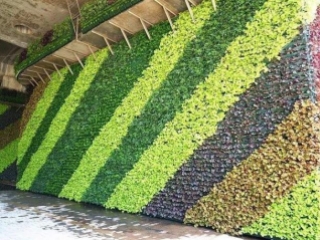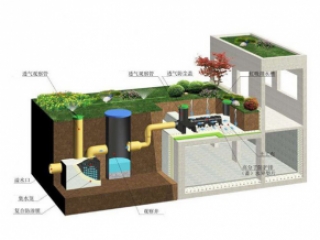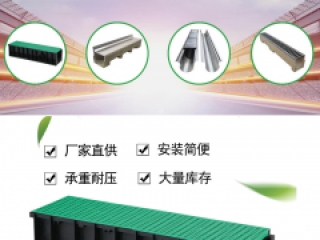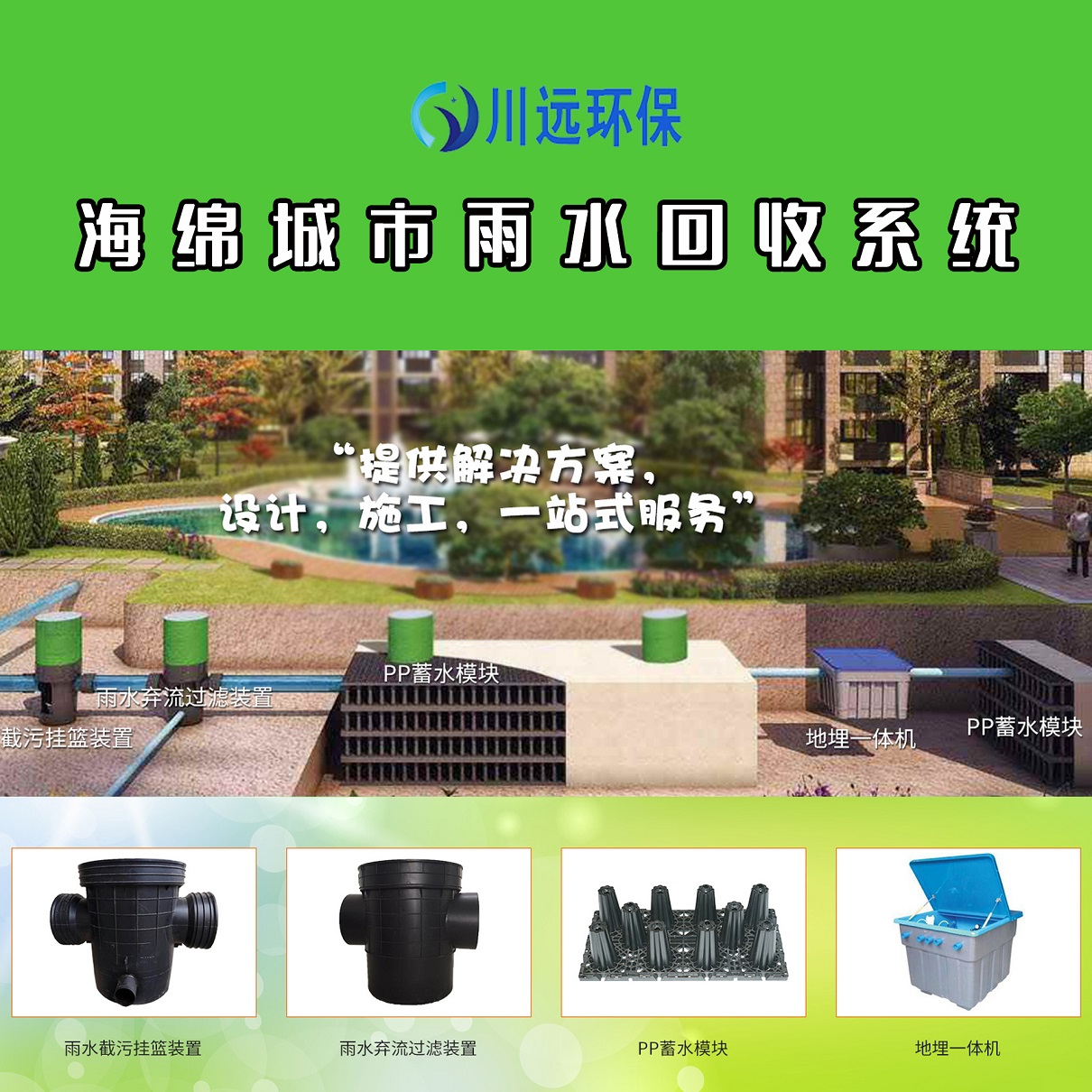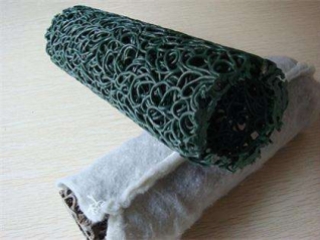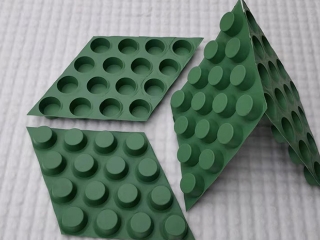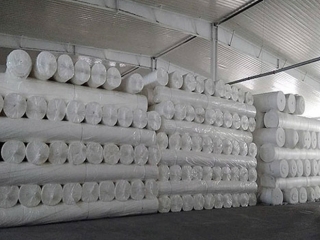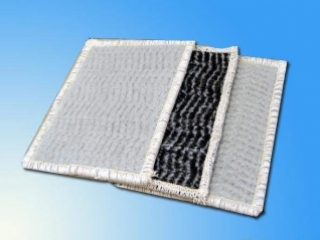Rainwater collection is a very beneficial practice since it not only helps people protect the environment but also saves money. Additionally, having rainwater readily available offers a source of water for irrigation, washing cars and pets. Therefore, in this article, we will give important tips on how we can collect rainwater.
Rainwater harvesting systems vary depending on the size and type. However, all systems have some basic components. The first component is the catchment area, which is the surface where water is collected. This can include rooftops, pavilions, sheds, and other man-made surfaces.
The second component is the conveyance system that transports water from the catchment area into the storage tank. This system can include gutters, pipes, and downspouts, which should be free of debris before the rainy season starts.
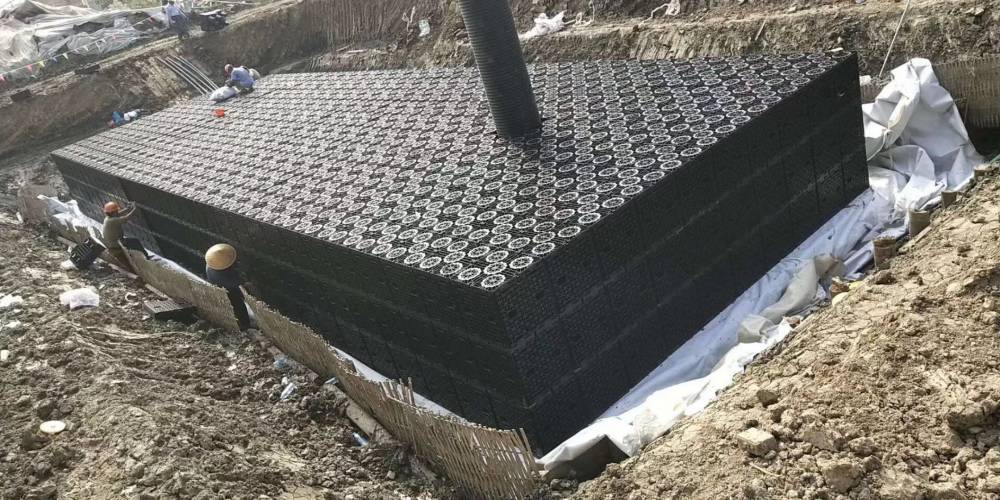
The storage tank should be designed to fit the needs of the home or garden. Usually, tanks have a storage capacity of 500 to 5,000 gallons. They can be made of plastic, fiberglass, concrete, or metal. It is essential to choose a material that is durable and can withstand harsh weather conditions, sunlight, and freezing temperatures.
The final component is the distribution system that transports collected water from the storage tank to the point of use. This can include hoses and pumps, which can be manual or automatic.
Now, let's discuss some practical tips on how to collect rainwater:
1. Choose a suitable catchment area: The surface should be clean and free of debris that can contaminate the water. Additionally, the catchment area should be large enough to collect water during a rainy season.
2. Install a Rain Barrel: Rain barrels are an efficient and eco-friendly way of collecting rainwater. They come in different sizes and can easily be connected to your downspouts. You can use this collected water for plants, gardens, and outdoor cleaning.
3. Use permeable materials: Permeable materials such as pavers, gravel, and stones allow rainwater to infiltrate the soil, instead of running off the surface. This helps reduce soil erosion and improves groundwater recharge.
4. Construct a green roof: Green roofs are a perfect solution for people living in apartments or houses with limited garden space. They also help regulate temperatures by minimizing heat absorption and reducing the need for air conditioning.
In conclusion, collecting rainwater is a simple process that can significantly benefit both the environment and individuals. By following the tips outlined in this article, anyone can collect rainwater with ease and enjoy the many advantages that come with it.


